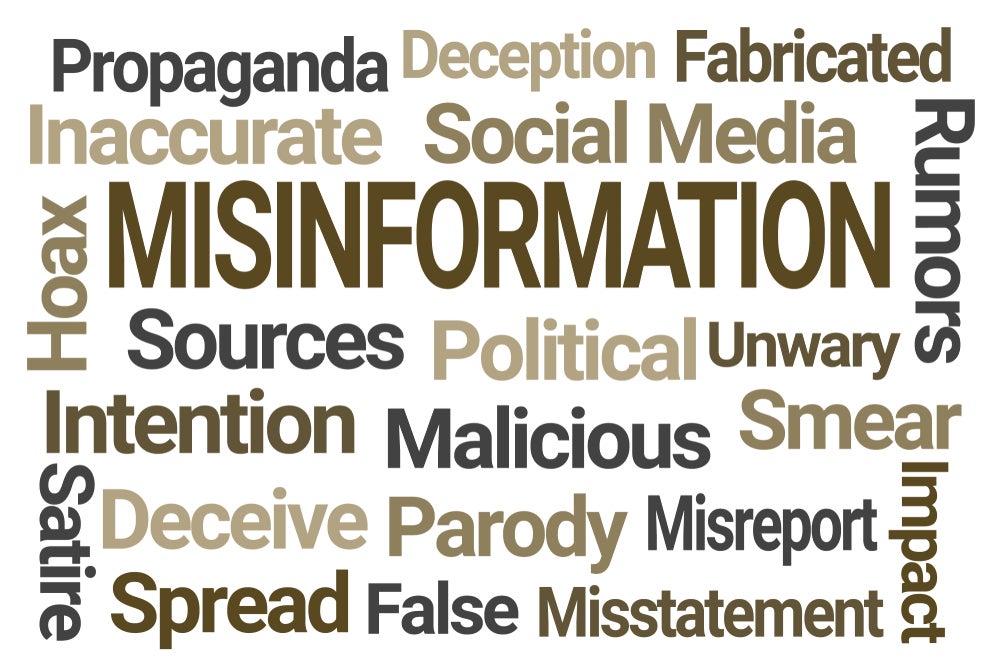In a world where misinformation is prevalent and perilous, many wonder how we can see through deception and framing of the narrative to perceive information accurately and objectively.
Every message that we encounter, whether online or elsewhere, is subject to what sociologist Mikael Klintman terms ‘framing.’ Framing is what shapes and interprets reality, requiring both skill and creativity. It creates a lens through which we interpret objects and information. For instance, an ugly shoe might seem more appealing in a fashionable context.
Framing is also a social art, as our reactions to content depend on the source; information from opposing political parties may elicit different responses. Framing is not merely about persuasion. It spans from subconscious inspiration to deliberate manipulation and propaganda.
The four methods of framing
Klintman identifies four primary methods of framing: texturing, tempering, positioning, and sizing.
Texturing involves rendering something either smooth and appealing or rough and uninviting.
Tempering adjusts the temperature of an issue, either turning up the heat to grab attention or cooling it down to keep things reasonable. For example, Amsterdam was transformed into the cycling capital of the world through an intense campaign that highlighted the dangers of car traffic to children.
Positioning shifts our perspective on something in relation to other things. Fast food, known to be unhealthy but eaten nonetheless, may be seen differently when framed as part of a manipulative system designed to exploit consumers.
Sizing involves altering the extent of our concern, prompting us to consider the breadth of our moral circle—whether it encompasses only our family, our nation, or all living beings. Realistically, expanding our moral concern in one area may lead to a contraction in another; if we extend our care to every living being, we might show less concern for those closest to us.
Previously, journalists and editors served as gatekeepers, filtering events before they reached the public. Now, framing has become decentralised, initially celebrated as an increase in democracy.
However, the rise of disinformation has certainly tempered this enthusiasm.
The most common psychological tricks
Various psychological tactics are used in framing. One that is pervasive in the political realm is the illusion of consensus, suggesting that we are more likely to adopt a view if it appears widely held. Authoritarian regimes often exploit this by flooding the public sphere with messages, creating the impression that their perspective is the prevailing wisdom.
Ambiguity is another framing strategy, involving the use of vague, emotionally charged language open to multiple interpretations.
Donald Trump’s slogan, “Make America Great Again,” exemplifies this, with “great” being notably ambiguous. This lack of commitment to anything concrete renders the frame more compelling.
Moralising is another effective framing technique, particularly for altering opinions on issues. For example, conservatives may be more inclined to support environmental initiatives when framed as protecting natural heritage, while liberals might be more receptive to military spending when it is presented as safeguarding human rights.
Strategic distraction involves diverting attention from the primary issue by presenting a more emotionally charged alternative. This can occur when criticism of a government’s economic shortcomings is eclipsed by moral panic over a relatively minor crime.
Navigating the frames
Among these frames, it feels almost impossible to navigate the world with any sense of objectivity.
Framing is everywhere in daily life. Even in business meetings, the content may elude some attendees.
Yet the narrative of who gets to speak the most, who receives the most non-verbal affirmations, and who gets interrupted the most influences the understanding and appreciation of what is being said.
Klintman suggests that simple awareness of the different framing techniques could help with considering content beyond the context.
Ultimately, we must, almost counterproductively, move beyond what is being said and consider more heavily how exactly it is being said. This task, unsurprisingly, comes with great difficulty, especially with an onslaught of online misinformation.








